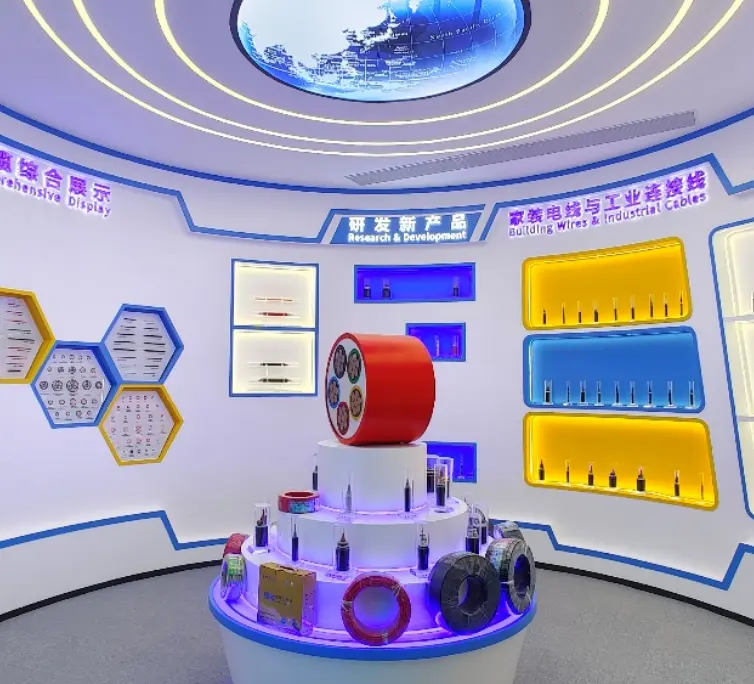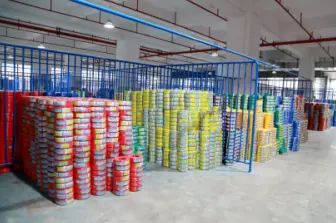Time Specifications of Flame-Resistant Cables
Flame-resistant cables, as a type of cable that can maintain normal operation for a certain period in the event of a fire, are widely used in buildings, subways, tunnels, petrochemical industries, and other fields to ensure the reliability of power and communication systems in emergencies. Their time specification is one of the important indicators for evaluating the performance of flame-resistant cables, involving the working duration of the cables under fire conditions and related test standards.
Duration Specification of Flame-resistant Cables
The duration of flame-resistant cables usually refers to the time that the cable can maintain normal operation at a specific flame temperature. According to China's national standard GB12666.6 (equivalent to IEC331), the fire resistance test is divided into two levels, A and B:
Level A: The flame temperature is 950-1000℃, with a continuous fire supply time of 90 minutes.
Level B: The flame temperature is 750-800℃, with a continuous fire supply time also of 90 minutes.
In some special cases, flame-resistant cables may need to withstand higher temperatures and longer durations. For example, some special types of flame-resistant cables, such as MI cables, can work for a long time at high temperatures up to 250℃ without decomposing and producing corrosive gases. Under flame temperatures of 750℃ to 800℃, flame-resistant cables can maintain normal operation in a fire for 90 minutes to 3 hours, and in some cases, they can maintain normal operation for up to 180 minutes.
Testing Standards for Flame-resistant Cables
To ensure that the performance of flame-resistant cables meets specification requirements, a series of tests need to be conducted. These tests typically simulate actual fire conditions, using high-temperature furnaces or flame ejectors. During the tests, the cables should remain energized and complete the performance tests within the specified time. Specific testing standards include:
Fire resistance performance test: Simulate actual fire conditions and test the duration of the cable at a specified flame temperature.
Resistance and insulation strength test: Under high temperature, test whether the resistance and insulation strength of the cable meet the normal working requirements.
Appearance and structural inspection: Inspect the appearance and structure of the cable, including the conductor, insulation layer, fire-resistant layer, and sheath layer, to ensure they are intact.
Specification for Laying and Maintenance of Flame-resistant Cables
In addition to the above-mentioned time and testing specifications, the laying and maintenance of flame-resistant cables are also key to ensuring their performance. Specific laying and maintenance norms include:
Clear routing path: Before laying, the routing path of the cable should be clarified to ensure that the cable laying meets the design requirements and relevant specifications.
Control laying tension and bending radius: During the laying process, attention should be paid to controlling the tension of the cable to avoid damage due to excessive stretching. At the same time, the requirements for bending radius should be strictly followed as per the product standard.
Lay separately: Flame-resistant cables should be laid separately from ordinary cables to avoid interference and impact.
Regular inspection and maintenance: Regular inspection of flame-resistant cables should be conducted, including the appearance, insulation layer, and joints of the cables. If damaged or performance-degraded cables are found, they should be replaced or repaired in time.
Latest News & Blog
 English
English  français
français  Deutsch
Deutsch  العربية
العربية  tiếng việt
tiếng việt  ไทย
ไทย  čeština
čeština  Indonesia
Indonesia  Eesti
Eesti  български
български  slovenčina
slovenčina 



